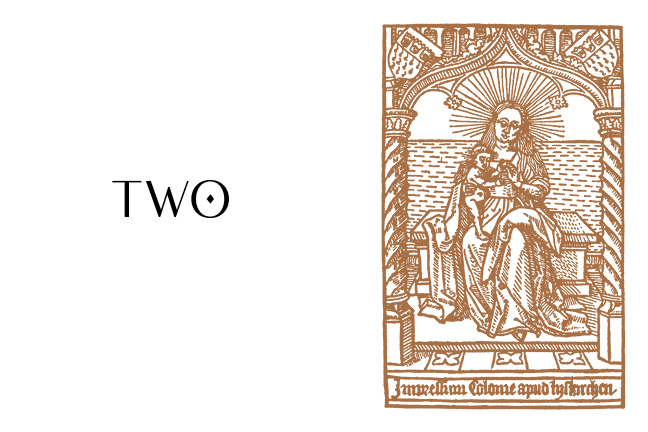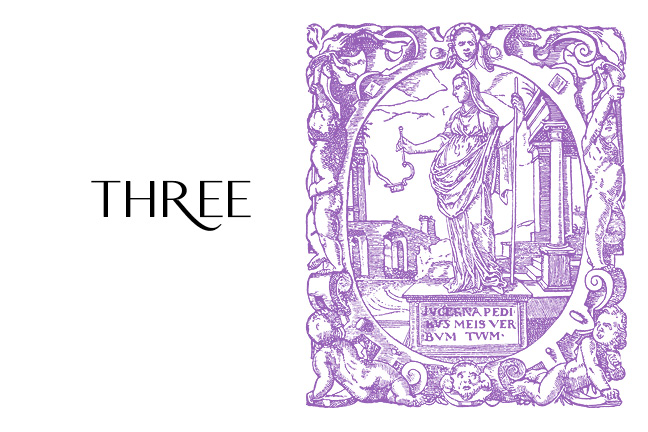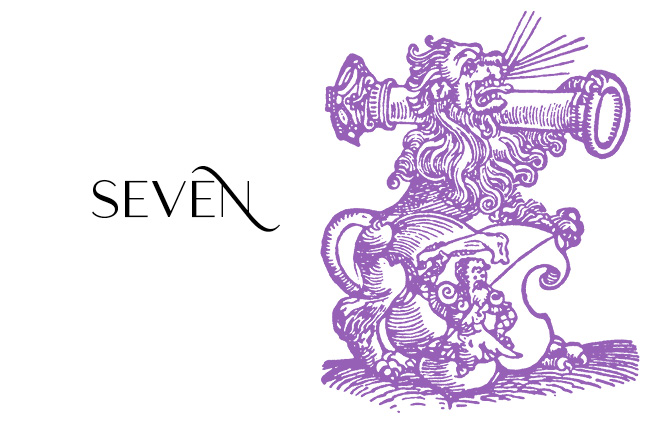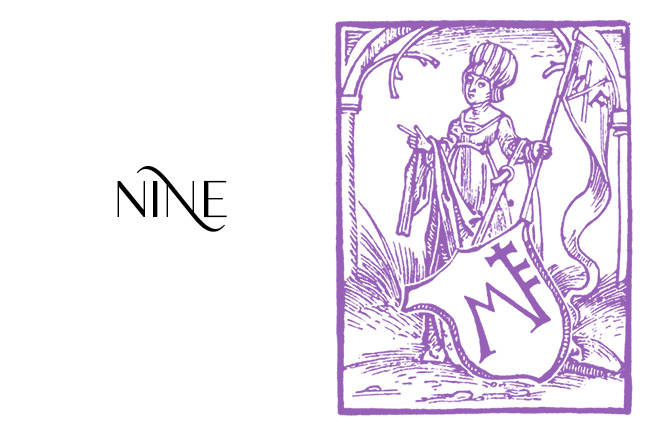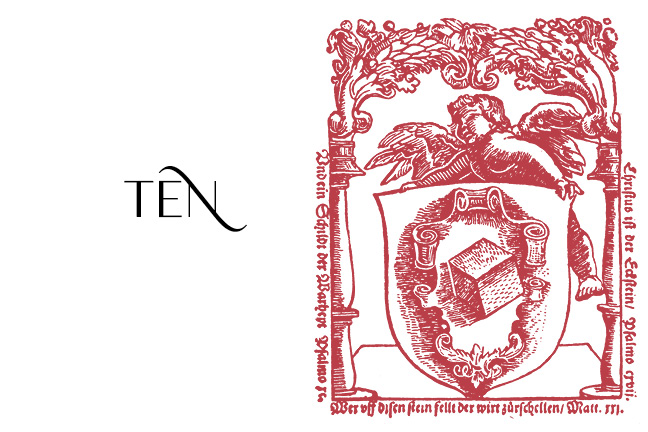Printer’s Marks Part 13
A GRANITE BAY ![]() DESIGN MICROSITE
DESIGN MICROSITE


Printer’s Marks Part 13
Johann Oporin (Basel 1544)
Geoffrey Tory (1525)
Laurent Sonnius (Paris 1598)
The History of Printing
“Traditionally it has been assumed that the prevalence of woodblock printing in East Asia as a result of Chinese characters led to the stagnation of printing culture and enterprise in that region. S. H. Steinberg describes woodblock printing in his Five Hundred Years of Printing as having “outlived their usefulness” and their printed material as “cheap tracts for the half-literate, […] which anyway had to be very brief because of the laborious process of cutting the letters.”[73] John Man’s The Gutenberg Revolution makes a similar case: “wood-blocks were even more demanding than manuscript pages to make, and they wore out and broke, and then you had to carve another one – a whole page at a time.” Recent commentaries on printing in China using contemporary European observers with first hand knowledge complicate the traditional narrative. T. H. Barrett points out that only Europeans who had never seen Chinese woodblock printing in action tended to dismiss it, perhaps due to the almost instantaneous arrival of both xylography and movable type in Europe. The early Jesuit missionaries of late 16th century China, for instance, had a similar distaste for wood based printing for very different reasons. These Jesuits found that “the cheapness and omnipresence of printing in China made the prevailing wood-based technology extremely disturbing, even dangerous.” Matteo Ricci made note of “the exceedingly large numbers of books in circulation here and the ridiculously low prices at which they are sold.” Two hundred years later the Englishman John Barrow, by way of the Macartney mission to Qing China, also remarked with some amazement that the printing industry was “as free as in England, and the profession of printing open to everyone.” The commercial success and profitability of woodblock printing was attested to by one British observer at the end of the nineteenth century, who noted that even before the arrival of western printing methods, the price of books and printed materials in China had already reached an astoundingly low price compared to what could be found in his home country.”
from The History of Printing on Wikipedia
The printer’s marks were scanned from the copyright free book “Symbols, Signs & Signets” by Ernst Lehner.


